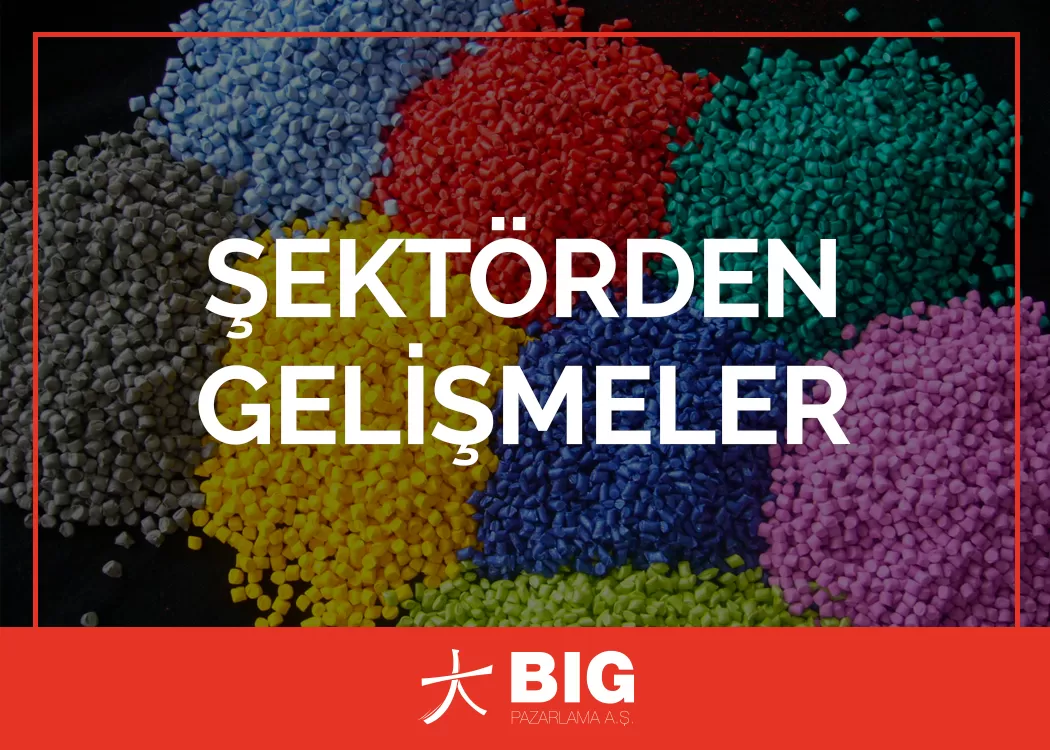A group of chemists from the University of North Carolina at Chapel Hill has discovered a method for creating a new material that is stronger and more durable than the original, which means it is potentially more valuable.
Frank Leibfarth, assistant professor in the department of chemistry, said: “Our approach sees plastic waste as a potentially valuable resource for the production of new molecules and materials. We hope that this method will create an economic incentive to recycle plastic and will be able to literally turn garbage into treasure trove,” the expert said.
Hydrogen atoms in the newly defined reagent strip
Carbon-hydrogen bonds are some of the strongest chemical bonds in nature. Stability makes it difficult to convert natural products into medical and hard-to-recycle commercial plastics. But by replacing the carbon-hydrogen bonds common in polymers, which are the building blocks of modern plastic used in grocery bags, soda and water bottles, food packaging, auto parts and toys, the life of polymers can be extended beyond single-use plastic.
Carolina chemists have been able to create new bonds with a newly identified reagent that can separate hydrogen atoms from medical compounds and polymers, in places that were previously considered non-reactive.
“The versatility of our approach is that it allows many valuable transformations of carbon-hydrogen bonds on a wide range of important compounds, ” explained Erik Alexanian, professor at Leibfarth and UNC-Chapel Hill.
Experiments on foam after consumption
The experimental work was started with plastic foam packaging, which was used to protect electronics during transportation and went to landfills to be destroyed. The foam samples, which were manufactured from a low-density plastic called polyolefin and discarded, were provided by High Cube LLC, a recycling company in Durham North Carolina.
Chemists have found a way to extend the life of single-use plastic to a high-value plastic known as an ionomer by pulling selected hydrogen atoms from its polyolefin. Popular ionomers began to be used in a wide range of food packaging under various brand names.
Leibfarth: "Most recycled plastic raw materials can only be destroyed in landfills by turning into products that are lower in terms of recycling, such as carpets or polyester clothing. If these waste plastics somehow end up in waterways, for example if turtles mix ocean plastic with food, this puts marine life at risk. But chemistry could “change the way we look at plastic” if it could be applied to polymers to help them be recycled over and over again, he said.
 English
English
 Türkçe
Türkçe
 русский
русский
 العربية
العربية

